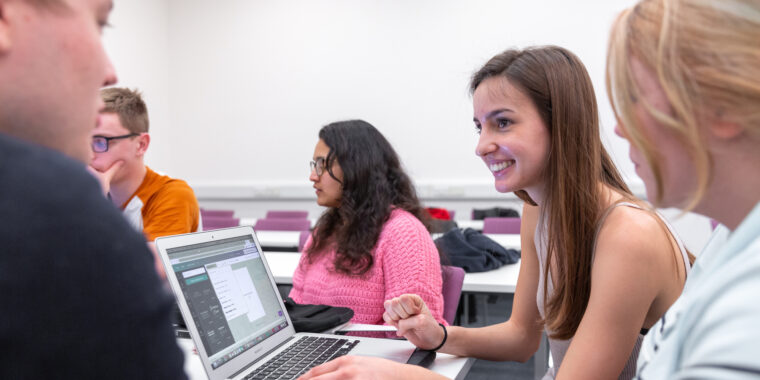
Most Change Makers modules have the opportunity for you to use multimedia or video for some or all of your assessment. You might be asked to make a video diary, submit a video presentation, create a video essay or use video as part of a project submission. Your assignment brief will always be clear if there is an opportunity or requirement to use video. If your assignment brief doesn’t mention this, but you would like to use video, please talk to your class teacher. They will be able to consider your request and advise you – they will want to make sure that you are able to fulfil the requirements of the assessment in a fair and reasonable way. They will not want to compromise your ability to get a good grade or to undertake unnecessary extra work!
I’m not confident about using video – what if I can’t do it well enough?
Whenever there is an opportunity to use video, you will always be given a range of options to suit any experience, skill or technical ability – and also to suit the technology that you have available. For example, if you are asked to make a video diary, we will suggest that you record short individual clips of video on your phone, or capture still photographs if you prefer. We provide an online software platform called Sutori to allow you to present these clips without any need for editing. The software allows you to write captions and comments alongside each video. You can also record audio directly into Sutori if you want to.
Sometimes, to make it fair for every student, and to prevent you doing unnecessary work, we will specifically ask you NOT to edit your video. There will be other opportunities if that is something you would like to create, but for a video diary, this is not necessary. Your effort is better placed on another aspect of the assignment.
When we are marking video submissions, we are not judging the quality of the filming. Instead we are marking the quality of your communication. It doesn’t matter if the shots are a bit shaky or the lighting isn’t right. As long as we can see and hear what you are trying to show, that is most important. You are always welcome to submit a commentary that explains any difficulty with the filming or quality issues.
For example, we once had a student who wanted to submit a video of a dance. They had one opportunity to capture the dance, but there was very loud noise coming from another room in the same building. This made their recording difficult to hear – and was upsetting because the student wanted to submit a perfect video. However, they captured the best version they could, submitted a commentary explaining the situation and provided a separate audio recording that provided the music that was used in the dance. Between these elements of the submission, we were able to appreciate the full value and quality of their submission without worrying about the challenges that were faced in capturing the video.
Types of video submission
Video Diary – in this submission you are being asked to capture a representation of your typical day. It can be filmed over several days, but should be organised within your submission to represent a chronological day. You will be asked to reflect on a specific aspect of your experience of that day, so you should try to capture clips that demonstrate that. You should also take care to represent your whole experience – so for example, if you are reflecting on your experience of happiness, make sure to capture moments that are full of happiness, but also moments that are not. It is not about showing the perfect representation of the concept – rather your experience of that idea. You will have the option of submitting video clips or still photographs for a video diary – and of recording audio narration or submitting written captions to accompany each clip/photo. You will be asked not to edit this video, as that is not necessary.
Video Reflection – in this submission you are being asked to record yourself speaking to camera. You don’t need to film your face if you prefer not to. However, we should clearly hear you speaking. You might be reflecting on something that you’ve learned about, or about something in your own experience. In these submissions, there is no right or wrong thing to say. We want to hear how you are thinking about something rather than what you are thinking. There is no quality requirement for these submissions – they should be quick and easy to capture. You should not edit your recording.
Video Essay – this is the longest and most formal type of video submission. However, it still does not need to be overly technical. You could create a feature film style submission, with edited video, voice over narration and special effects. Or you could capture a powerpoint presentation with audio narration. You might use animation or stop motion. You could use any technique to capture visuals and audio and present them together. The important thing about the video essay is the content. Here we are wanting you to explore an issue, and present an argument about that issue. You should introduce yourself and the content of the video, and then proceed to set the scene for your exploration. You should clearly state your argument and allow it to develop through the video. You should conclude your argument clearly at the end of the video. Make sure to use good sources and evidence to support your thinking, and include these references at the end of the video. Finally, make sure that we hear your ideas and thinking as well as the evidence and ideas that you have researched. There are more tips for creating video essays here.
Video Project Submission – using a video submission as part of a project is a great way to communicate the experience or outcome of your project. You could create a single project video, detailing what you have done, or you might create something reflective or more abstract to demonstrate a particular thing you have experienced or learned. You might also create a video that provides an experience for the viewer. There are no limits here. You can be as creative and experimental as you like. All Change Makers projects include a questionnaire or written component that allows you to meet the technical requirements of the project marking criteria – leaving you free to take a few risks with your video submission.
Whatever type of submission you are making, remember that all Change Makers modules come with bottomless feedback. So if you are in doubt, ask your teacher for advice and to review your video. They might not be able to review a long video multiple times, but they will be able to give you really good advice.
Copyright, plagiarism and source acknowledgement
As with all submissions, you need to be very careful about how you credit any material that you have included that has not be explicitly created by you. This includes images and video clips. You can include copyright material if you submission is only created for educational purposes and will not be shared more widely. However, you should always credit these sources with a link to the original and an acknowledgement or citation for the creator. These should appear in your reference list, bibliography or as footnotes/annotations alongside the video/clip.
Refer to our handbook page on plagiarism for more information about how to avoid plagiarism. You can also refer to the i-Explore and Horizons policies here.
Last updated 17th October 2023

One thought on “Using Video for Your Assessment”
Comments are closed.